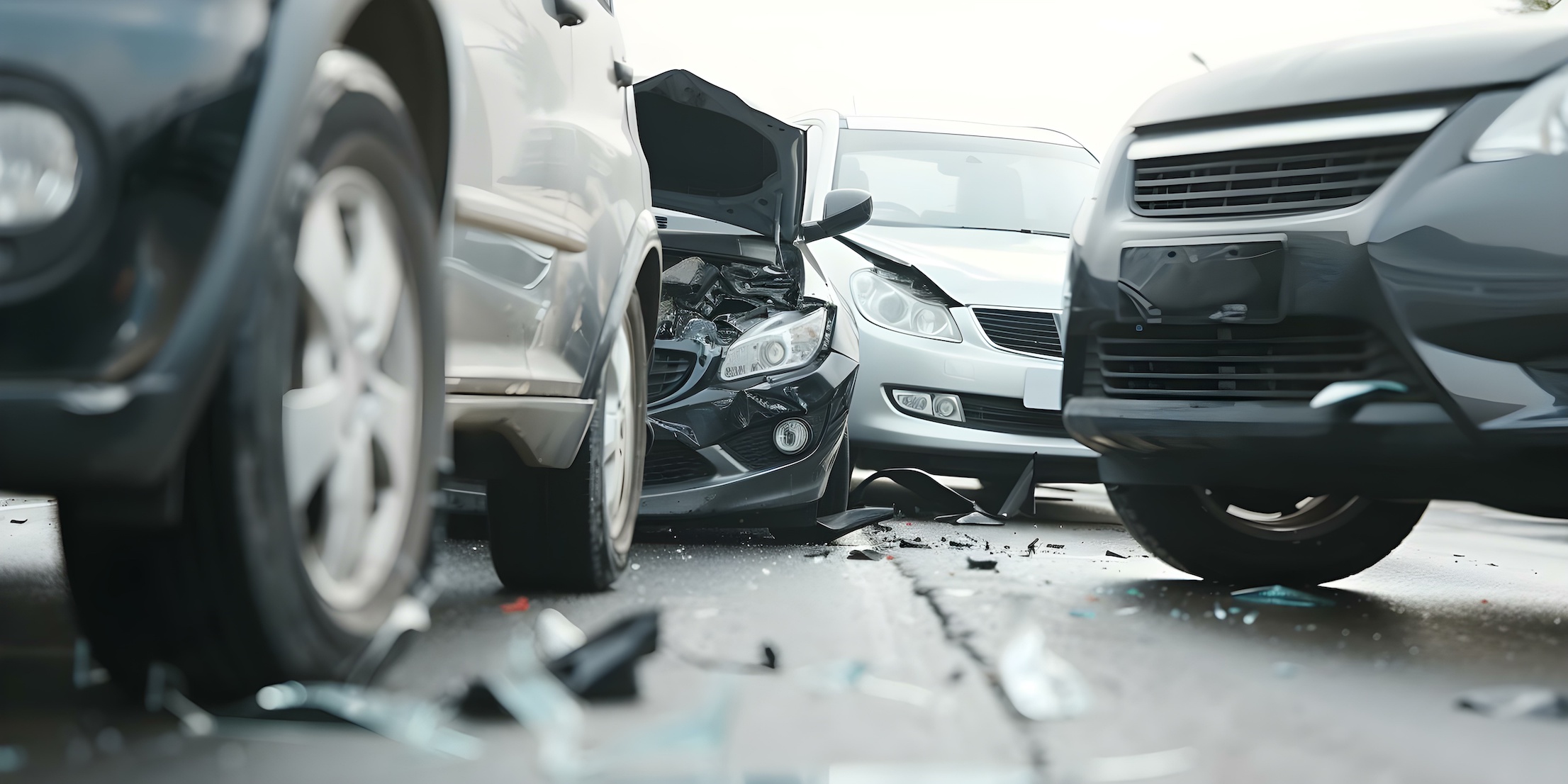Multi-vehicle accidents, often referred to as pile-ups, occur when three or more vehicles collide, typically leading to significant injuries and complicated legal disputes. These accidents can happen anywhere—highways, intersections, or even quiet streets—and they present unique challenges that extend beyond the physical injuries inflicted. Understanding the complexities involved in these types of accidents is paramount for victims, legal professionals, and insurers alike.
Common Causes of Multi-Vehicle Accidents
- Highway Congestion and Sudden Stops: Traffic congestion is a common precursor to multi-vehicle accidents. As vehicles come to a sudden halt, particularly in heavy traffic situations, the rubber band effect can lead to a chain reaction where trailing vehicles collide, often resulting in severe impacts.
- Distracted Driving in Crowded Conditions: Distracted driving remains a leading cause of incidents on the road. In crowded conditions, even a brief lapse in attention, whether due to mobile phone use or in-car distractions, can trigger multi-car collisions. Raising awareness about the dangers of distraction, particularly in high-traffic areas, can be crucial for prevention.
- Adverse Weather Conditions Contributing to Chain-Reaction Crashes: Poor weather conditions such as rain, snow, or fog can significantly impair visibility and vehicle control. Ensuring that drivers understand how to adjust their driving behavior in bad weather is essential; reducing speed, increasing following distances, and using headlights appropriately can dramatically decrease accident risks.
Legal Implications Following a Multi-Car Accident
Determining Liability: Shared vs. Individual Responsibility: Establishing liability can be particularly complex in multi-vehicle accidents. Understanding how each driver contributed to the accident is crucial, as negligence can be shared among different parties. Moreover, comparative negligence laws may also affect how damages are awarded.
The Role of Negligence in Multi-Car Accidents: Legal claims often hinge on the establishment of negligence. Victims must prove that another party’s failure to exercise reasonable care led to their injury. Understanding local laws surrounding negligence—such as whether a state follows comparative or contributory negligence—can impact the outcome of claims.
How Insurance Claims Are Impacted by Multiple Parties: The presence of multiple vehicles complicates the claims process. Each driver’s insurance may attempt to limit liability or shift blame, creating a challenge for victims seeking compensation. Navigating this maze often requires thorough evidence gathering and sometimes legal representation to ensure fair treatment.
Assessing Damage and Injuries
Challenges in Evaluating Damages Across Multiple Cars: In the aftermath of a multi-vehicle accident, assessing damages can be daunting. Differences in insurance policies, vehicle damages, and injury severity must be considered collectively. Engaging experienced insurance adjusters and accident reconstruction specialists can provide clarity in these evaluations.
The Importance of Medical Documentation for Injury Claims: Victims need to seek prompt medical attention; establishing a clear medical record is vital. Medical documentation not only supports claims but also influences how the injuries sustained are perceived in legal contexts. Comprehensive records help illustrate the extent and impact of the injuries.
Common Types of Injuries Associated with Multi-Car Accidents: Victims of multi-vehicle accidents often suffer from a range of injuries, from whiplash and concussions to more severe trauma. Understanding the common injuries associated can help in preparing effective claims and ensuring proper medical care.
Investigation Process for Multi-Vehicle Accidents
- Gathering Evidence from the Scene of the Accident: Collecting tangible evidence right after the accident is critical. Photographing vehicle positions, damage, and environmental factors can provide crucial insights into the cause of the crash. An emphasis on securing evidence promptly can strengthen claims and clarify event sequences.
- The Role of Eyewitness Testimonies and Expert Analysis: Eyewitness accounts can add significant weight to claims. These testimonies should be collected as soon as possible, ensuring they remain fresh and reliable. Involving accident reconstruction experts can further bolster the case by providing professional analysis of the events leading to the accident.
- Utilizing Traffic Camera Footage and Police Reports: With the rise of technology, many intersections and highways are equipped with traffic cameras capable of capturing critical moments before and during accidents. This footage can be invaluable in determining fault and clarifying circumstances surrounding the accident.
Negotiating and Settling Claims
Strategies for Negotiating with Multiple Insurance Companies: Engaging with various insurance companies requires strategic negotiation skills. Staying organized, documenting all communications, and understanding each policy’s terms can facilitate smoother negotiations and help victims advocate for themselves effectively.
Understanding How to Calculate Damages Collectively: In multi-vehicle accidents, understanding how to collectively assess damages—including lost wages, medical expenses, and pain and suffering—is essential to ensure fair settlements. Victims should seek comprehensive evaluations to accurately calculate the total damages incurred.
When to Consider Legal Representation for Settlement Negotiations: Given the complexities of negotiating with multiple parties, enlisting a skilled attorney can streamline the claims process. Legal representation can help negotiate fair settlements and address potential disputes with insurance companies efficiently.
Preventative Measures for Multi-Car Accidents
- Education on Safe Driving Practices in Congested Areas: Increased public education about safe driving techniques is essential in reducing multi-vehicle accidents. Emphasizing patience, awareness, and defensive driving can equip drivers with the skills needed to mitigate risks.
- Technological Advancements to Reduce Accident Risks: Encouraging the adoption of advanced vehicle technologies—such as automatic emergency braking, lane-keeping assist, and collision avoidance systems—can prevent accidents from occurring. Promoting these advancements can foster a culture of road safety.
- Community Initiatives Aimed at Improving Road Safety: Community programs focused on road safety, including awareness campaigns and infrastructure improvements, can significantly reduce the frequency of multi-car accidents. Local governments and organizations can work together to advocate for safer driving environments.




